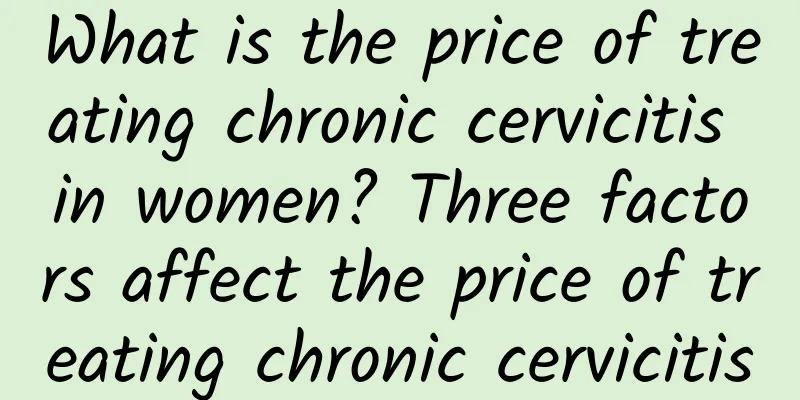Can I have a child with uterine fibroids?
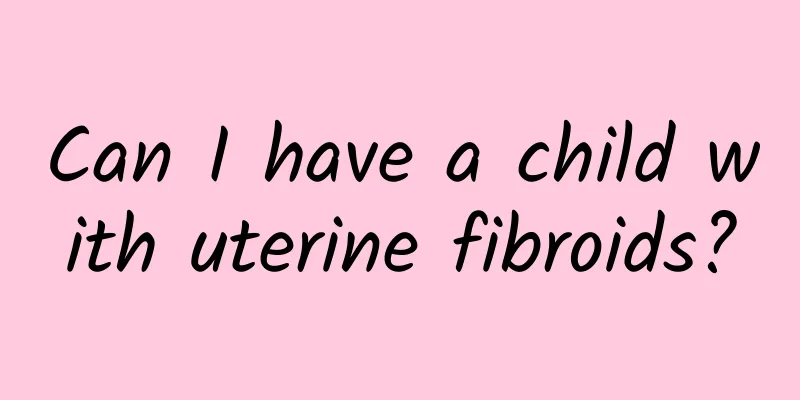
|
Uterine fibroids are the most common pelvic tumors in women. We often encounter consultations from patients of childbearing age with uterine fibroids. They are struggling with whether to remove the uterine fibroids first or to have children first? Because uterine fibroids can grow in any part of the uterus, and uterine fibroids can also be large or small, which leads to the complexity of the disease. It is therefore difficult to unify the treatment principles. Therefore, patients often face the situation where some doctors suggest that they have children first, while others suggest that they remove the tumor first and then have children. It is really difficult to judge which decision is the most correct. So, can you have children with uterine fibroids? 1. You can try to get pregnant first. Although large uterine fibroids are prone to miscarriage and premature birth when combined with pregnancy, many pregnancies combined with uterine fibroids can be successfully carried out in obstetrics. Some fibroids can even reach 12-13cm and still be carried to full term by cesarean section and uterine fibroid nucleus removal at the same time, killing two birds with one stone. The family members are happy and the doctor feels a sense of accomplishment. 2. If you are pregnant with uterine fibroids, red degeneration is likely to occur around 5 months of pregnancy, manifested as fever, abdominal pain, nausea, vomiting, etc. Examination revealed that the fibroids are rapidly enlarged, tender, and the white blood cell count is increased. This is mainly because the degeneration of small blood vessels in the fibroids causes thrombosis and hemolysis, and hemoglobin infiltration into the fibroids. But don't be too nervous, the treatment is very simple, generally antibiotics and Subilin will be given for about a week and the condition will heal. 3. If a pregnant woman with uterine fibroids has a miscarriage or has difficulty conceiving, she may consider trying to get pregnant after removing the uterine fibroid core. I have met many such patients. Maybe it is really the influence of fibroids, or maybe it is a psychological effect. In short, they successfully became pregnant soon after the fibroid core was removed. However, it is best to get pregnant after about 2 years after the fibroid core is removed. If you are determined to keep the fetus after about 1 year, then you should go and monitor it. There are many successful pregnancy cases, and I have also encountered patients with uterine rupture. What kind of outcome you will have, you can only wait and see, but you must listen to the doctor's advice, monitor closely, and plan the size of the fetus. 4. Choice of delivery method: Small uterine fibroids of 2-3 cm can be ignored. Do not worry about having a cesarean section because of these small tumors. If the uterine fibroids are large or multiple, you can consider a cesarean section and uterine fibroid nuclear removal surgery at the same time. However, if the fibroids are very close to the fallopian tubes in the uterine corners, there will be a lot of bleeding during the nuclear tumor surgery, which can easily damage the fallopian tubes and increase the chance of ectopic pregnancy. Sometimes the damaged fallopian tubes have to be tied, which will reduce the chance of conception in the future, and pregnancy can only be achieved through the other side of the fallopian tube. 5. After laparotomy, some uterine fibroids are found to be diffusely thickened adenomyomas with unclear boundaries, which cannot be removed. If the uterine wall is damaged, bleeding is heavy, and suturing is difficult, the risk of hysterectomy is extremely high. Because such adenomyosis generally causes obvious dysmenorrhea, although it is severe, being able to get pregnant to full term indicates that the function of the uterus is good. After all, it is an important organ for women, so it should not be removed at will. We can choose to use drugs, special contraceptive rings and other treatments later. 6. Recurrence after multiple uterine fibroids removal is also very likely. I was deeply impressed by a patient who had multiple uterine fibroids removed (10 fibroids of different sizes were removed at the time). When she got pregnant 2 years later, her uterus was deformed and the uterine muscle wall was uneven. She barely survived until the 28th week of pregnancy when she had premature birth and premature rupture of membranes. During the cesarean section, there was almost no uterine muscle wall to be incised. It was all composed of fibroids of varying sizes. The uterus was cut open along the gaps between the uterine fibroids, and the uterine wall lost its original elasticity. Although the uterus had to be removed, fortunately, the 28-week-old baby survived and grew up happily. 7. Women who have undergone radiofrequency ablation of uterine fibroids, those who have undergone electrocoagulation and hemostasis without suturing after laparoscopic surgery, and those who have undergone nuclear removal of large intramural fibroids in the uterine body should avoid pregnancy again. This is a high risk factor for uterine rupture. If medical treatment is not timely, the cost is the lives of both mother and child. For those who want to get pregnant, they must carefully choose the treatment method for uterine fibroids and cannot blindly choose non-surgery, minimally invasive and other technologies. In short, the disease is complex and the outcomes are diverse. There is no unified answer to the pregnancy problem of patients with uterine fibroids. Go to the doctor to customize the most suitable option for you according to your situation. The doctor's happiness comes from successfully customizing the perfect treatment plan for the patient and accompanying the patient to success. |
<<: How much does Bartholin's gland cyst surgery cost?
>>: What can't you eat if you have uterine fibroids?
Recommend
The key to defeating the weight loss plateau is "this"! Nutritionist Xie Furu: 6 dietary principles to improve basal metabolism
Many people who are trying to lose weight have ha...
Dry skin, aging, and obesity are hard to get rid of, and it turns out that glycation is to blame! Must-eat five-star anti-glycation foods, sparkling and anti-aging
Always tired and lacking energy? Do you have dark...
How long after a miscarriage can you wash your hair?
How long after abortion can I wash my hair? Many ...
Paying attention to daily details can better prevent irregular menstruation
Women are prone to menstrual irregularities due t...
What are the symptoms of pelvic effusion?
Pelvic effusion is a common disease among modern ...
What are the dietary taboos after abortion? Don't eat these foods right after abortion
Abortion is extremely harmful to the body. Theref...
How to tell if you are approaching menopause
To determine whether you are about to enter menop...
Why does vaginitis often recur after treatment?
Why does vaginitis often recur after treatment? F...
Is cervical erosion surgery painful?
Cervical erosion is an old name, and now it is cl...
Is weight loss only possible through surgery and medication? Study: High-protein diet is effective in increasing muscle and reducing fat
According to the Health Promotion Statistical Yea...
How to diagnose cervical erosion?
How to diagnose cervical erosion? Many women know...
Does ovulation bleeding mean that ovulation has occurred?
Ovulation bleeding may mean that ovulation has oc...
Analyze for you what are the symptoms of cervical erosion
Many people want to know what are the symptoms of...
The key to Xiao Panpan's 20kg fat loss by "pulling tendons" is...
Well-known actress Xiao Panpan has faded out of t...
How to treat thin endometrium and premature ovarian failure quickly
Treatments for thin endometrium and premature ova...
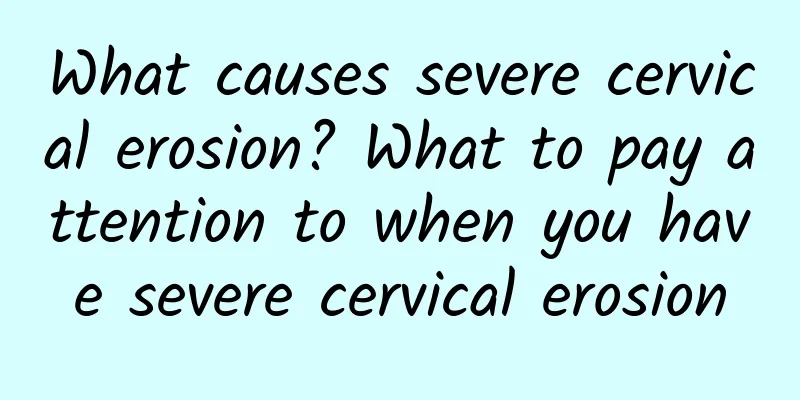
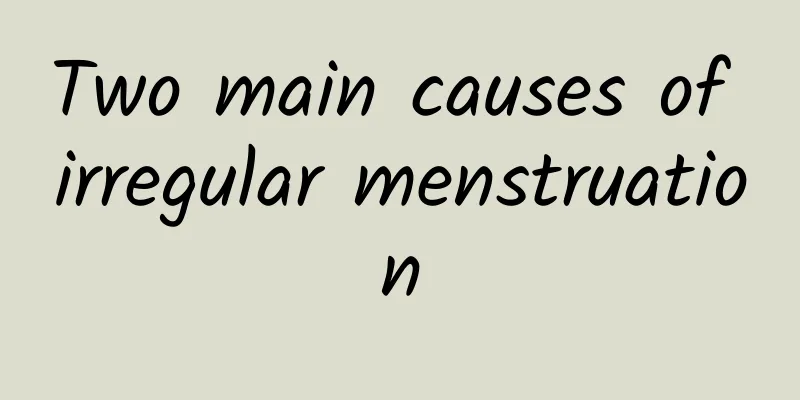

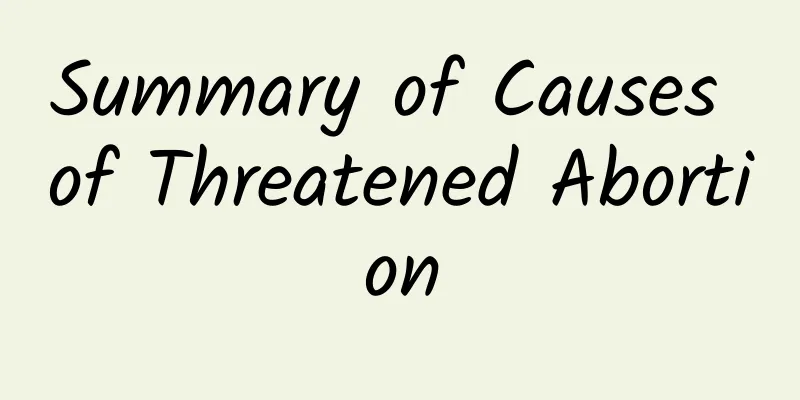
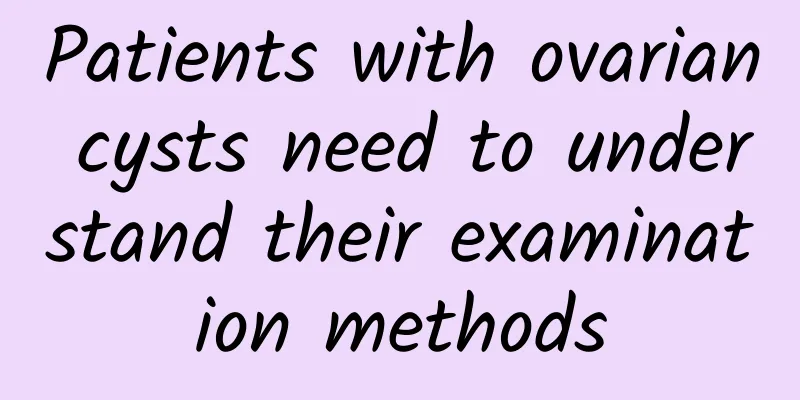
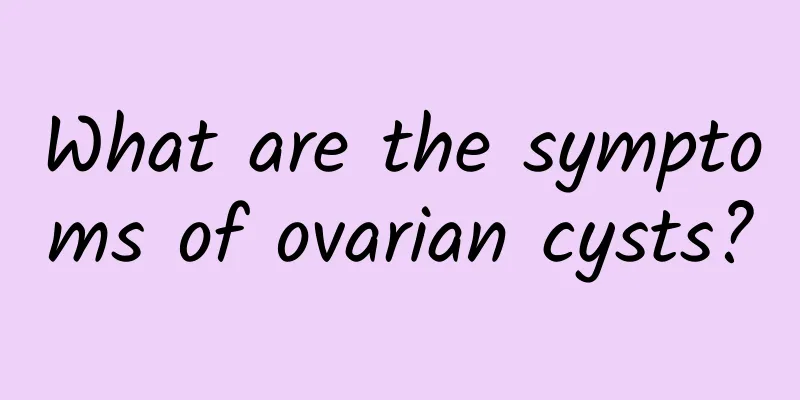
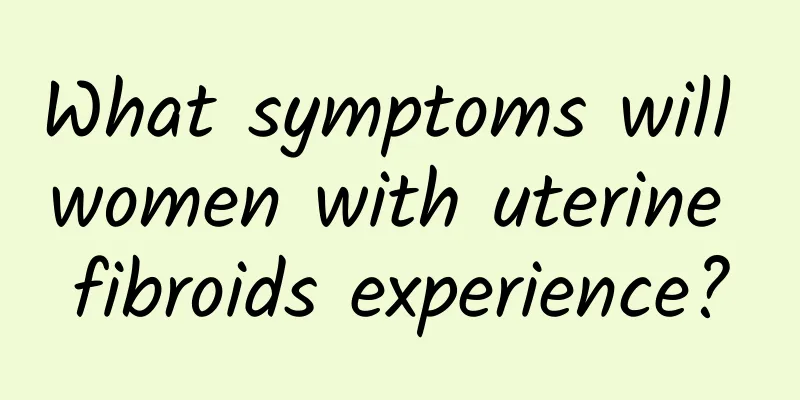

![[Video version] Xia Hui ~ Are these 3 foods more nutritious after being sprouted? One picture will tell you in seconds: eating this way can improve immunity and help metabolism](/upload/images/67dcfc621770e.webp)
